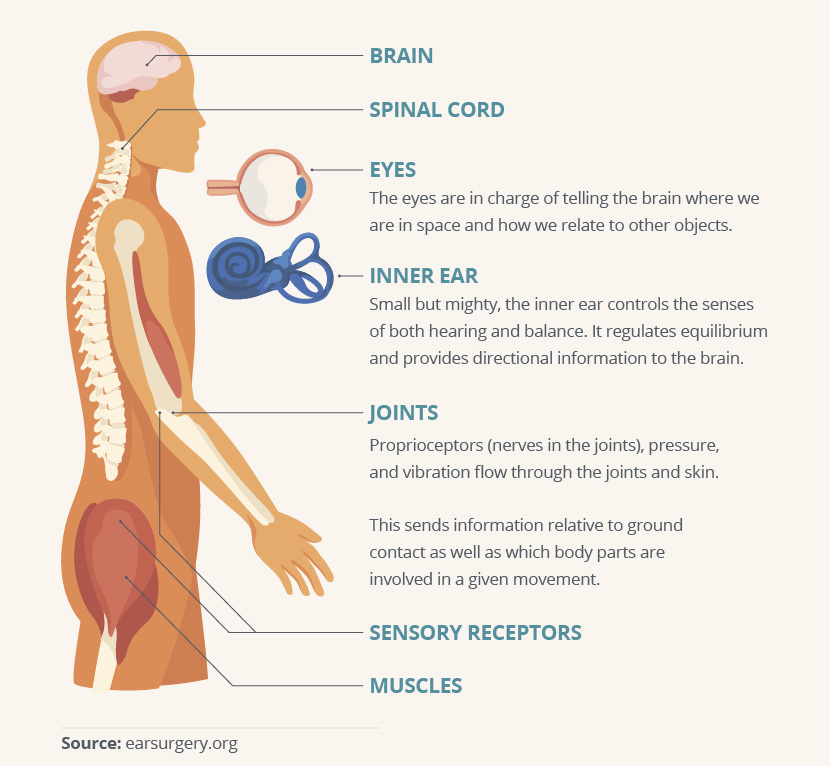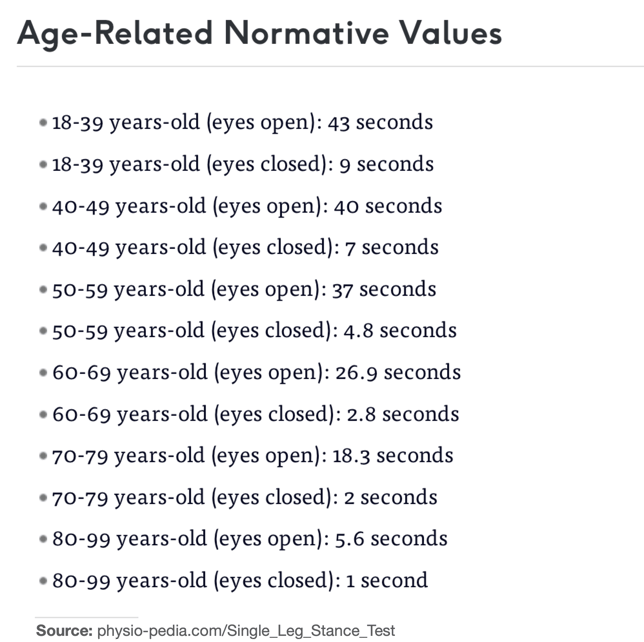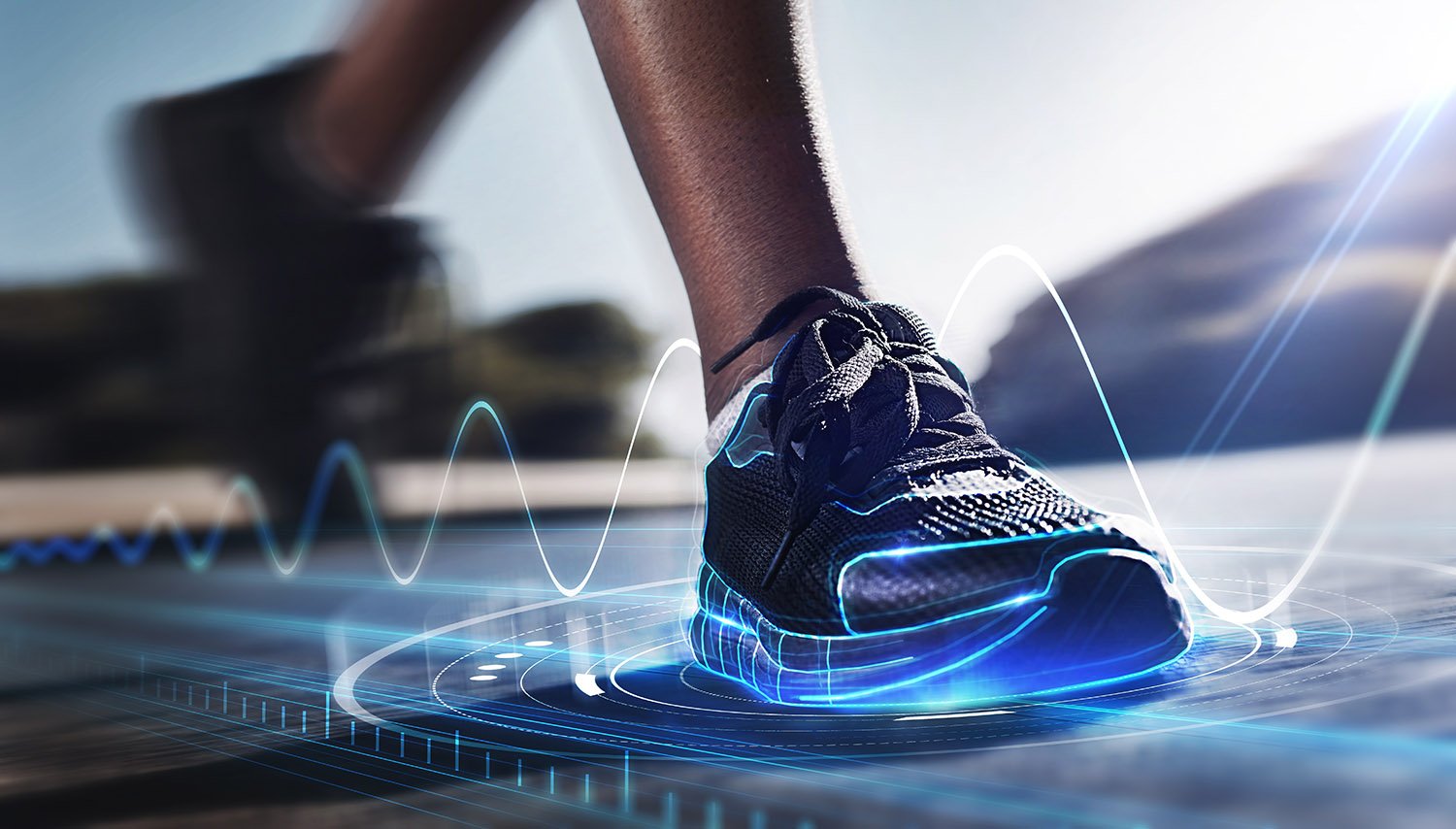
When was the last time your balance was assessed? Has it ever been? People don’t typically think about their innate ability NOT to fall over, even though the force of gravity is constantly working against us. Unfortunately, those who think about their balance may do so because of an existing balance impairment or disorder- and know all too well how crucial a properly functioning balance system is to overall health.
You likely saw or heard mention of a recently published study suggesting that people who cannot balance on one leg for 10 seconds have a lower life expectancy than those who can… and then immediately proceeded to test yourself. What’d you find?
Hopefully, you were victorious in this pass/fail test. But maybe you weren’t, or it got you thinking of a friend or family member who might not be. Is the fountain of youth as simple as getting really good at standing on one leg? Probably not, so let’s consider another way to think about what balance represents.
Like the beating of our heart or the breathing of our lungs, we don’t have to consciously focus on something as fundamental as staying upright while we stand. It is also similar to these vital abilities in that multiple physiological systems must coordinate in a complex way in order to balance. So the takeaway from this study isn’t to focus all your preventative health effort on practicing balance but to understand the holistic nature of balance as a vital sign.
Balance has been assessed just as long as most other vital signs, and believe it or not, if you just did the one-leg test yourself, you just did a clinically validated balance assessment! Balance assessment is commonplace in everything from sports rehabilitation to fall risk assessment to neurological and sensory disorder assessment. Many different versions of clinically useful balance tests exist due to a desire to optimize the test to fit the need. Still, all are founded on assessing balance as a critical vital sign of holistic health. Below you can see a visual representation of the complexity of the balance system.

Existing vital signs such as Heart Rate and Blood Pressure provide simple yet valid key indicators of general health and well-being. They won’t be used to immediately diagnose you with any disease or prescribe you a specific treatment, but, when measured and monitored regularly, provide important insight into holistic health. Perhaps measures that better represent and reflect movement health and function are missing from the current battery of standard vital signs.
“One of the things that we have come to appreciate even more is that, this balance system, it’s crucial to humans moving.” - Kelly Starrett
The concept of monitoring new vital signs as we continue to uncover the holistic nature of human health is highly relevant. Physical therapist and performance expert Dr. Kelly Starrett recently discussed various vital signs on the Tim Ferris Show, including another balance testing variation of 20 seconds: “Here’s one that I think we’re really interested in, and it’s balance. One of the things that we have come to appreciate even more is that, this balance system, it’s crucial to humans moving.”
Unlike our simple 10-second test, in practice, vital signs aren’t single pass/fail testing points but objective biometrics assessed consistently over time. Tim explains, “If anybody goes in to see their general practitioner for an annual checkup or they go into the ER, first thing they’re going to do is take a couple of measurements. And it’s standardized for a lot of good reasons.” Vital signs should be assessed consistently and frequently. Research has shown balance to be related to everything from fall risk and joint pain to depression, diabetes, obesity, and cardiovascular disease. Balance testing is widespread but has been underutilized as an essential vital sign.
You may now be more curious about your balance capabilities. Can you stand on one leg for ten seconds? What about for twenty? And now do it with your eyes closed? These simple tests are a fun way to assess and challenge your balance, but how do we glean more informed insights from this vital sign?

A simple Google search can find various age and gender-based norms for balance tests to provide additional information. And we’d definitely encourage you to test and challenge your balance. However, the objective and standardized balance assessment is crucial to better leverage it as a vital sign for holistic health. Sensors capable of measuring balance have become as inexpensive and available as those that collect other vital signs and are now embedded into our everyday devices. They are also sensitive and accurate enough to leverage big data and AI for capabilities we never thought possible. We are all aware of the real-life stories of biometrics health sensor data and artificial intelligence saving people’s lives in real time.

Instead of only assessing balance when dysfunction, disorder, or injury has occurred, imagine a world where you or a loved one (or healthcare professional) are automatically alerted of a movement, sensory, mobility, or neurological abnormality in your vital balance capabilities. And imagine a world where this information is used to better and more holistically inform care and treatment of all these relevant health-related diseases and disorders. We are.
Of note, and to keep those in the human performance realm with us, some may better relate to the terminology of “performance indicator” than vital sign. Words are important, but we’d argue the concept is aligned; In healthcare, vital signs are primarily viewed as important and reliable indicators of overall health. When they appear abnormal, they may indicate the absence of health or the presence of disease. These same physiological concepts (e.g., HRV) are used in performance, but now to drive optimization. If disease is the absence of health, performance is simply its opposite, the optimization of health.
Stay tuned as we discuss balance and other critical vital signs for movement health and performance. Be sure to subscribe to receive our blog below.